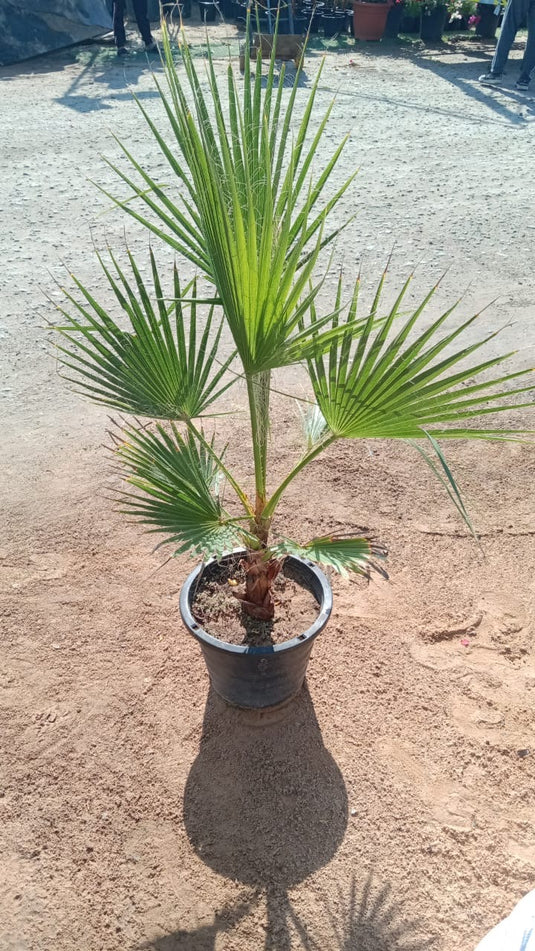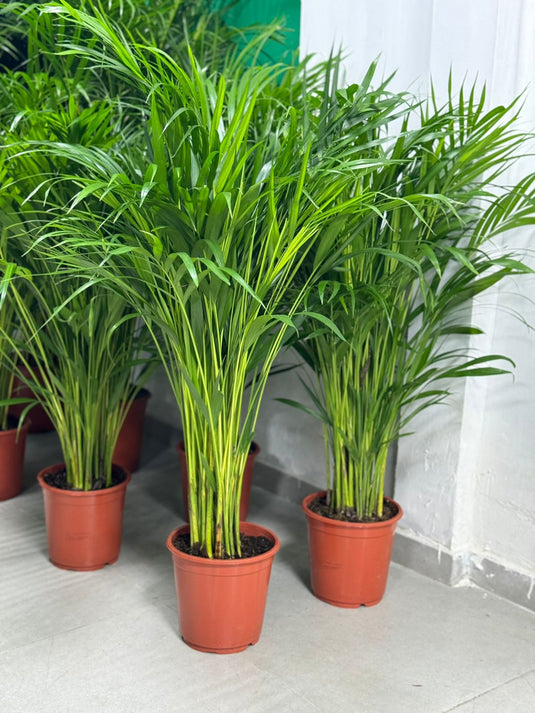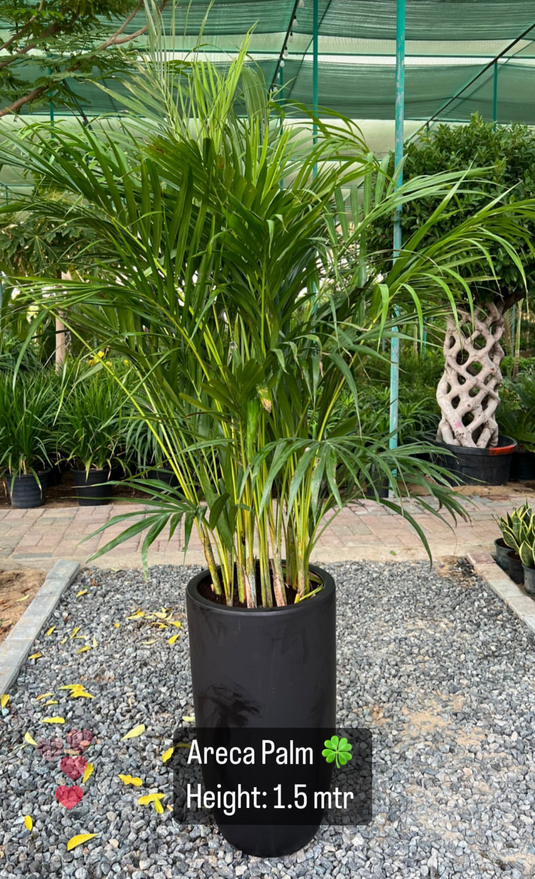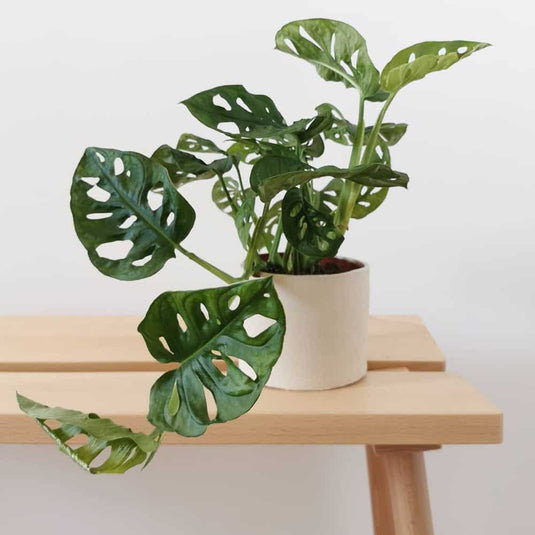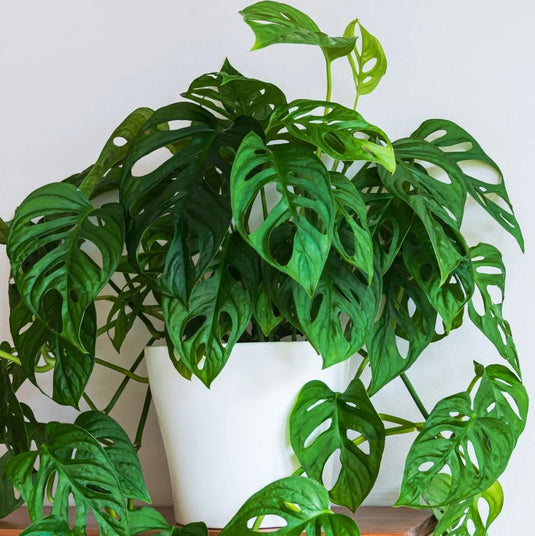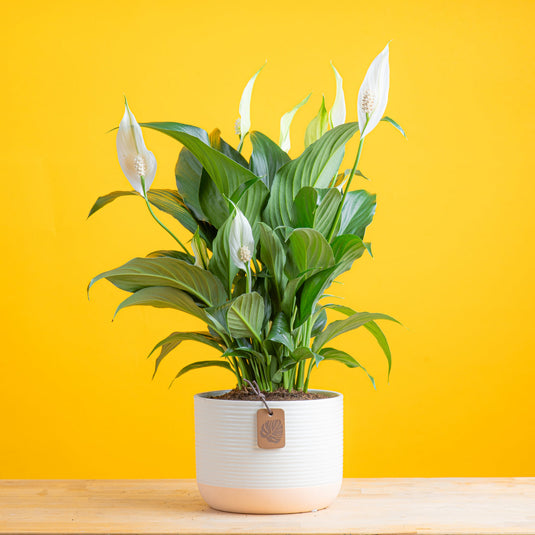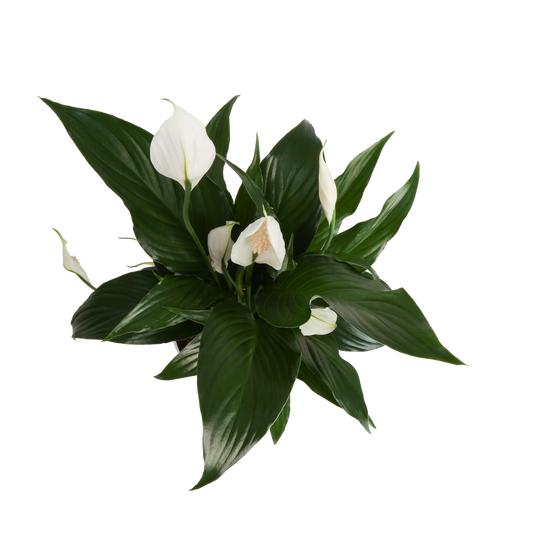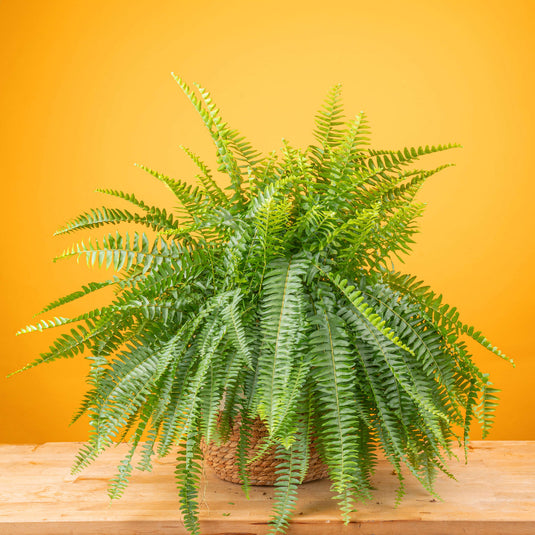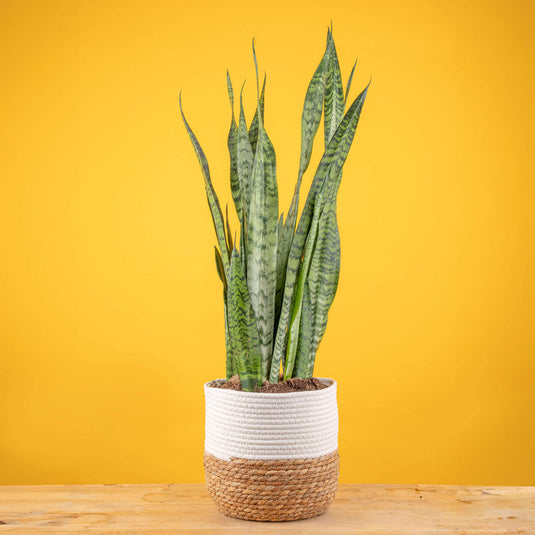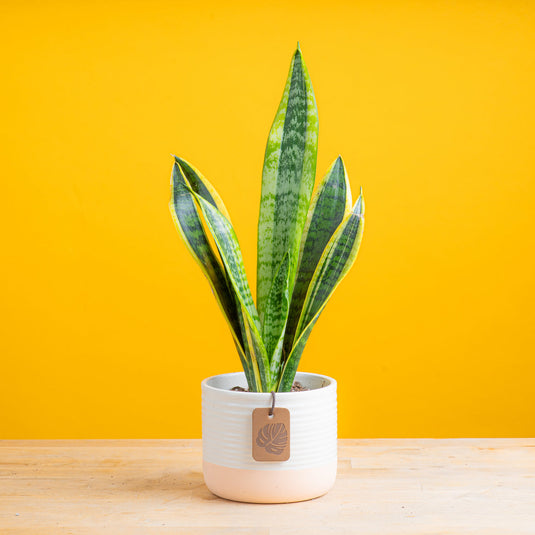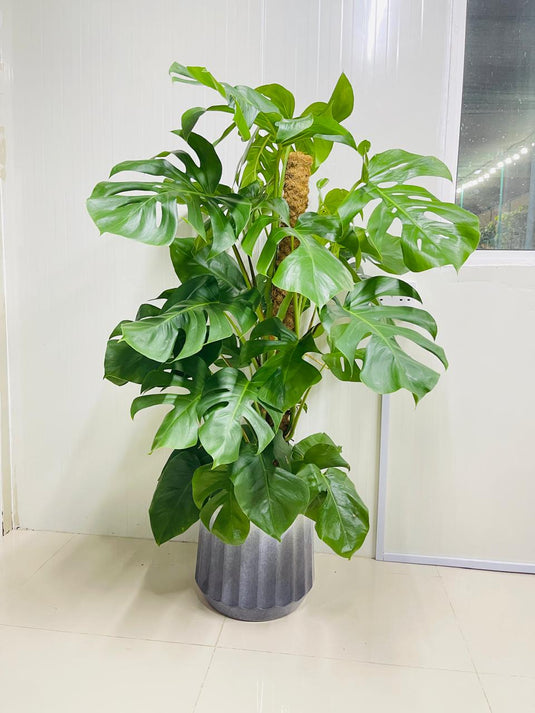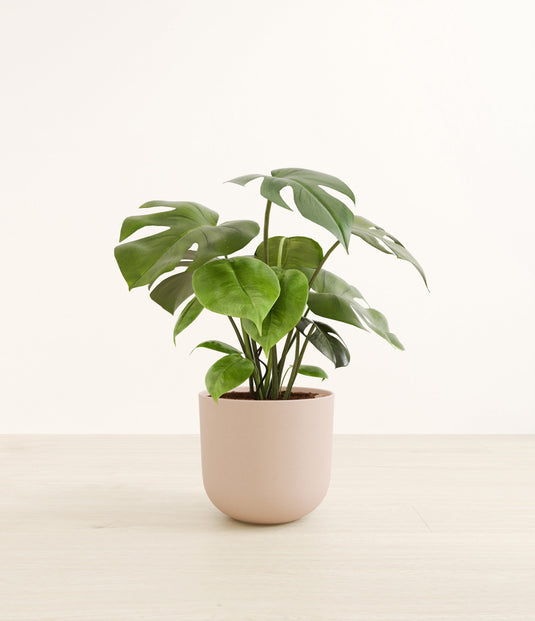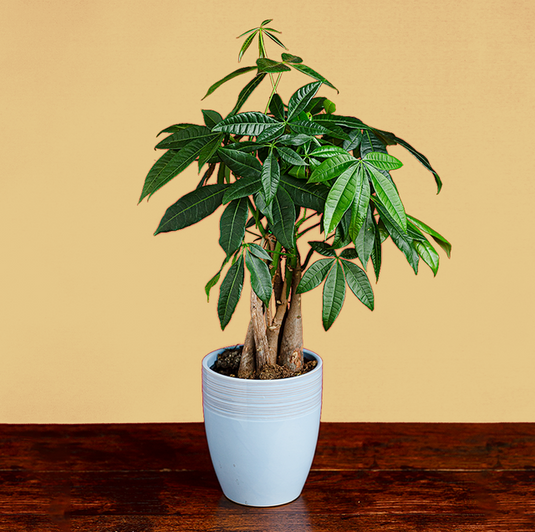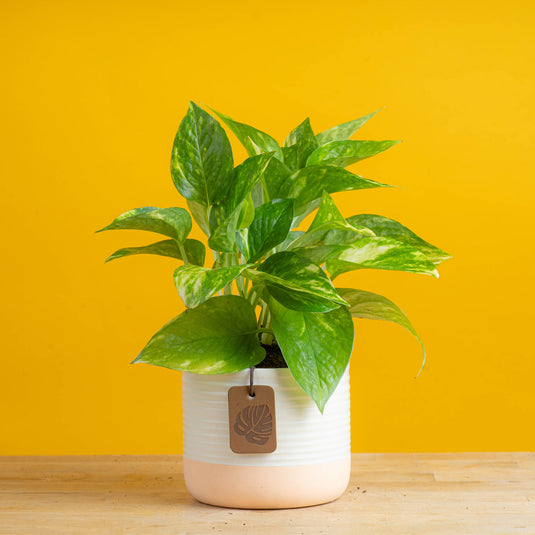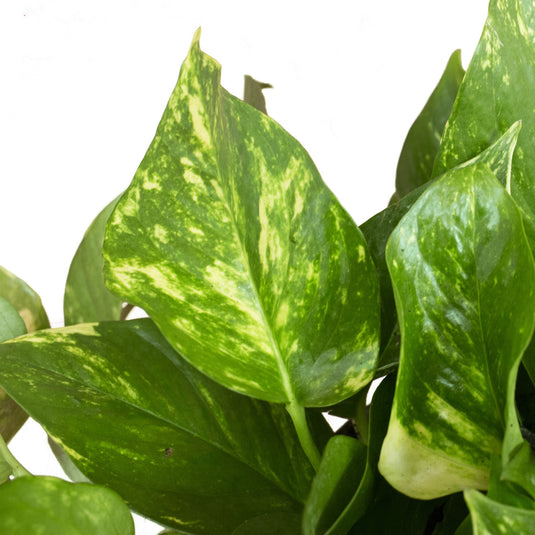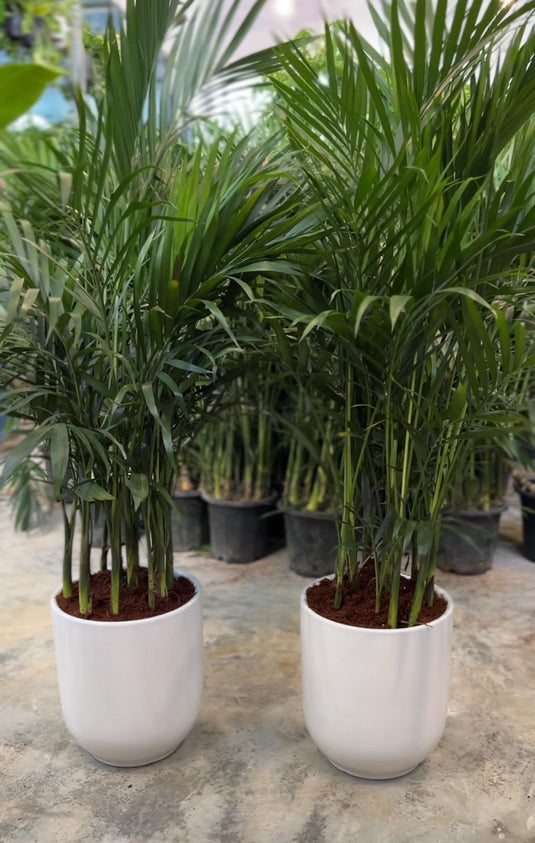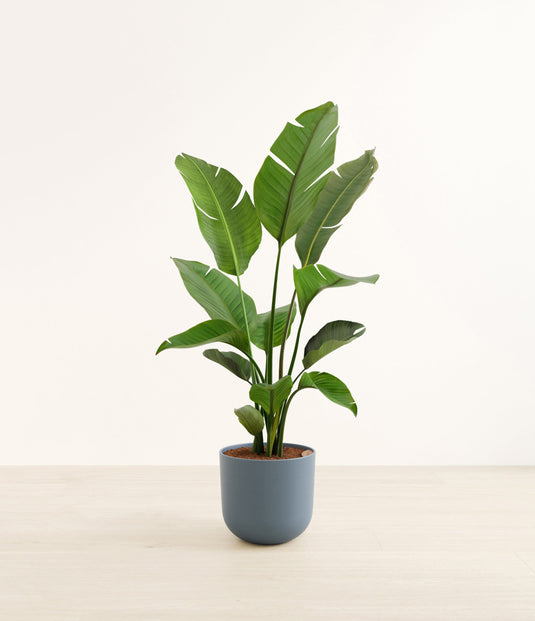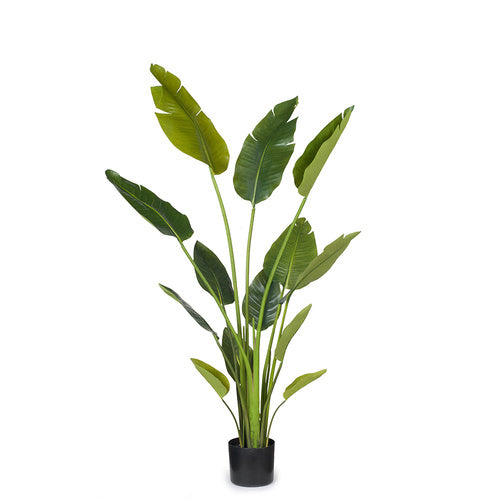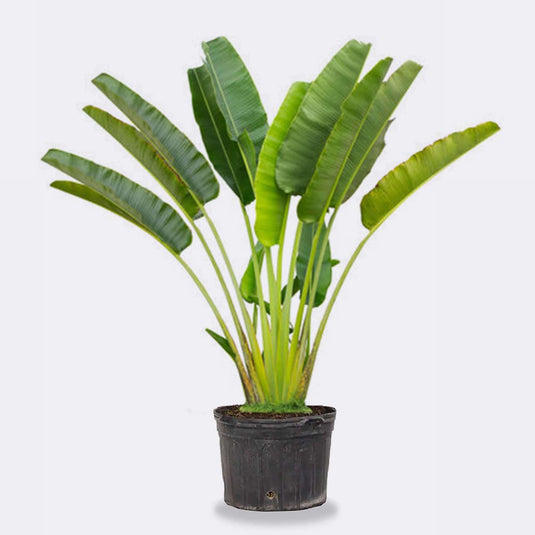Washingtonia Plant
- Healthy Arrival Guarantee
- Free Plant Care Consultation
- Safe & Secure Payment

We will send you a notification as soon as this product is available again.
-
Estimated delivery: Dec 27 - Dec 31
-
Free return within 7 days of purchase.
Plant Description
Washingtonia known for their tall stature and fan-shaped leaves. The global market for ornamental plants, including the Washingtonia Plant, is projected to reach approximately USD 58 billion by 2030.
Top 5 Benefits of Washingtonia Plant for good Air Quality
1. Aesthetic Appeal
Washingtonia plants add a tropical and exotic look to landscapes with their tall, graceful stature and beautiful fan-shaped leaves. Studies have shown that landscaping with attractive plants can enhance property values and improve the overall visual environment (Kellert et al., 2017).
2. Drought Tolerance
Washingtonia plants are known for their ability to withstand dry conditions, making them suitable for arid and semi-arid climates. Research indicates that drought-tolerant plants contribute to sustainable landscaping practices and reduced water usage (Davis et al., 2015).
3. Low Maintenance
These palms require minimal maintenance once established, making them ideal for homeowners and landscapers seeking easy-care plants. Studies highlight that low-maintenance landscaping can significantly reduce time and costs associated with garden upkeep (Fletcher et al., 2014).
4. Wildlife Habitat
Washingtonia palms provide habitat and food for various wildlife, including birds and insects. Research emphasizes the importance of incorporating native and ornamental plants in landscapes to support local ecosystems and biodiversity (Lal, 2015).
5. Air Quality Improvement
Like many plants, Washingtonia contributes to improving air quality by absorbing carbon dioxide and releasing oxygen. Urban green spaces, including palm trees, play a critical role in enhancing air quality and mitigating urban heat effects (Nowak et al., 2014).
Disadvantages
- Washingtonia plants may not thrive in areas with extreme cold, which can limit their cultivation in certain climates.
- These palms can grow quite tall, requiring adequate space to avoid crowding with other plants or structures.
- While generally resilient, Washingtonia can attract certain pests, which may necessitate routine monitoring and management.
- It may take some time for Washingtonia to establish and reach full height, requiring patience from gardeners.
- Young Washingtonia plants need consistent moisture during establishment, which may require regular watering.
Frequently Asked Questions
1. Does Washingtonia improve garden aesthetics?
Yes, its tall stature and fan-shaped leaves add significant visual appeal to landscapes.
2. Is it a drought-tolerant plant?
Yes, Washingtonia is well-suited for arid climates and can withstand dry conditions.
3. Does it require high maintenance?
No, once established, Washingtonia requires minimal maintenance, making it user-friendly.
4. Does it provide habitat for wildlife?
Yes, Washingtonia palms support various wildlife species, enhancing local biodiversity.
5. Does it contribute to air quality?
Yes, Washingtonia helps improve air quality by absorbing carbon dioxide and releasing oxygen.
Final Verdict: Should I Buy Washingtonia Plant?
Yes, Washingtonia is an excellent choice for adding beauty and functionality to your landscape.
Plant Care
Watering
Water your plant once a week or when the soil starts to feel slightly dry on the surface. Keep the soil consistently moist, but be careful not to overwater, as this can cause brown spots and leaf drop. If the leaves become curly or dry, it's a sign that the plant needs water. It's best to water your plant in the early morning or late evening when the temperatures are cooler. Always check the soil before watering.
Light
Provide bright indoor light or indirect sunlight for about 6 to 8 hours a day.
Temperature
Maintain temperatures between 18°C and 24°C. Avoid exposing the plant to drafts, as these can cause undesirable temperature fluctuations. Mist the plant occasionally, about twice a week, to help maintain optimal humidity levels.
Fertilizer
Apply liquid fertiliser every 15 days when the plant is actively growing. For best results, use Folikraft ready-to-use Indoor Plant Food.
